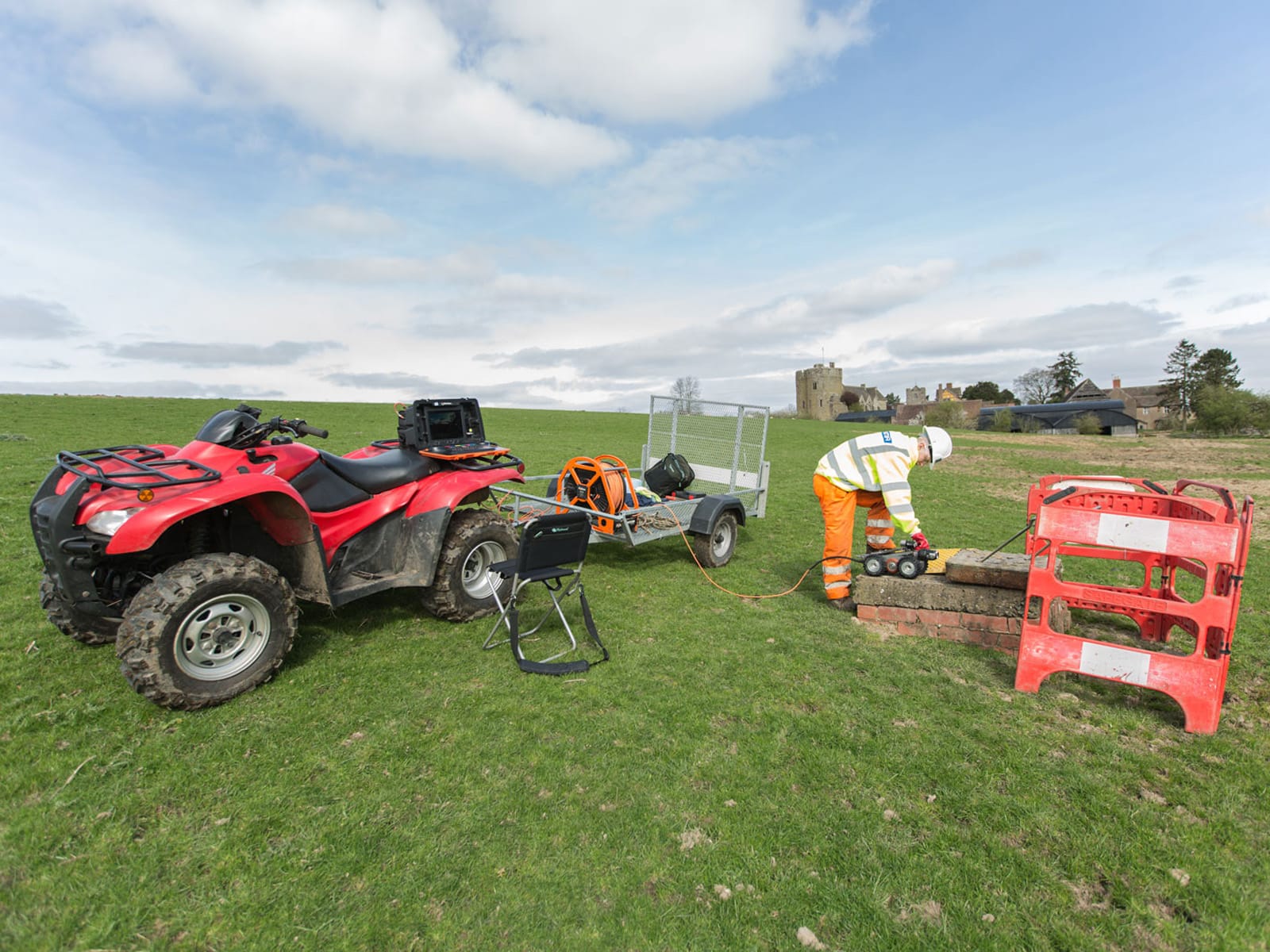PAS128 Utility Mapping
All our utility surveys are undertaken to BSI specification PAS128:2014. Therefore, this standard covers underground detection, verification and location. In addition, this is identified by four survey types.
The survey results are provided in drawing and cad formats to recognised industry standards.
From tracing a single utility to scanning and mapping an entire site, your problem becomes our priority, and our reputation becomes your guarantee.
Contact Survey Operations today to enquire about Utility Mapping.
PAS128: 2014 Survey Standard
Desktop Utility Records Search (Survey Type D)
This survey would be a report using record information from utility service providers. Therefore, this is completed by showing their assets within the identified survey area. However, this is usually in a drawing format. In addition, this data is presented in drawings and pdf documents.
Site Reconnaissance (Survey Type C)
This survey would accompany a Desktop Search (Type D) and involves a site reconnaissance visit to identify physical features that support the existence of utilities within the survey area. Therefore, this usually includes manholes, inspection covers, street furniture and excavation scar lines. In addition, this data is presented as a record overlay onto a topographical survey or Ordnance Survey plan.
Detection (Survey Type B)
This survey would accompany a Desktop Search (Type D) and involves scanning the site area using at least 2 geophysical survey techniques. However, a minimum of GRP (Ground Penetrating Radar) and EML (Electro Magnetic Location) would be used to identify underground services. Therefore, this data is presented as a recording overlay onto a topographical survey or Ordnance Survey plan. Due to this, the output would be an agreed digital/cad layered format. In addition, a written report and photographic report would accompany the digital outputs.
Verification (Survey Type A)
This survey would expose the target utilities within the area to confirm and record the location and depths of identified underground utility services. In addition, a service can be visually inspected by viewing manholes/inspection covers and excavation areas.



